About 15% of all couples around the world are infertile. This means they are unable to conceive a child naturally, irrespective of how often or how much they engage in sexual intercourse. A high percentage of these couples are unable to conceive due to infertility in men.
There can be several reasons for this: male infertility is primarily due to low sperm count. Irregularity or dysfunction in the sperms or certain blockages that may be hindering the production and delivery of sperm in the body are some other potential reasons for male infertility. A very small percentage of infertile men have a condition known as azoospermia, where there is no sperm in their semen.
Read more: What is semen
According to various estimates, about 1% of all men in the world have azoospermia while 10-15% of men who are infertile are also said to have this condition, making it an extremely rare condition.
An average male has a sperm count of 15 million to over 200 million per millilitre of semen—the condition of azoospermia is extremely unusual. Read on to know the types, symptoms, causes and management of azoospermia.

 Doctors for Azoospermia
Doctors for Azoospermia  OTC Medicines for Azoospermia
OTC Medicines for Azoospermia
 Azoospermia articles
Azoospermia articles

 Ayurvedic Treatment of Azoospermia
Ayurvedic Treatment of Azoospermia




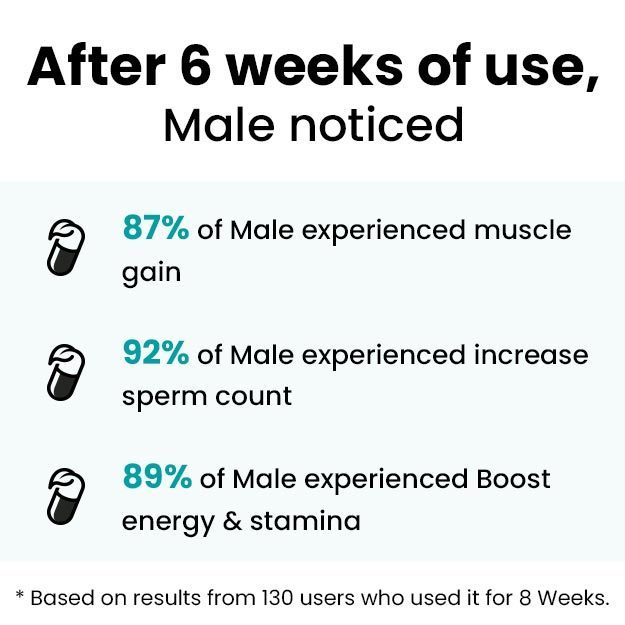
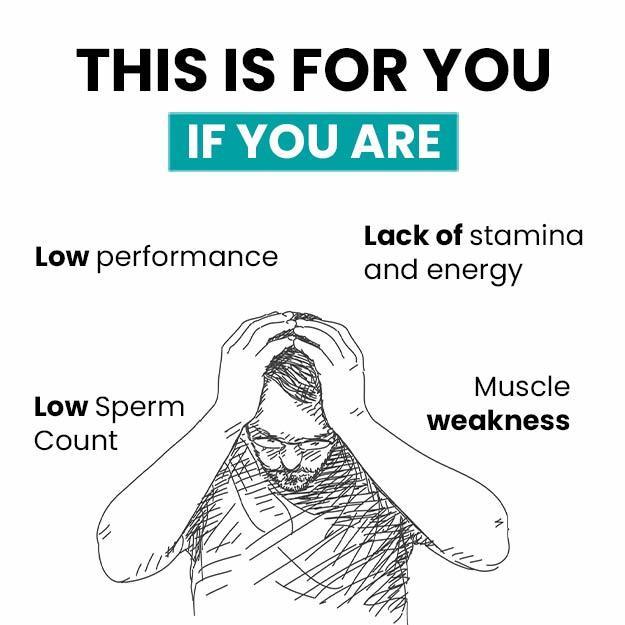

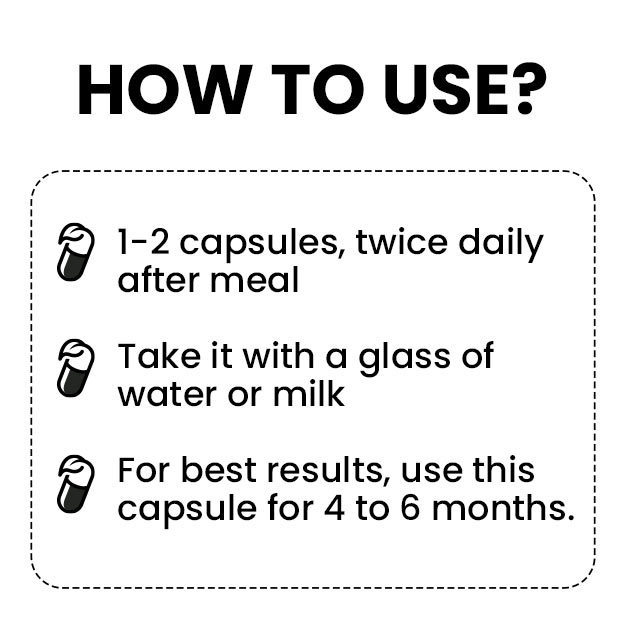

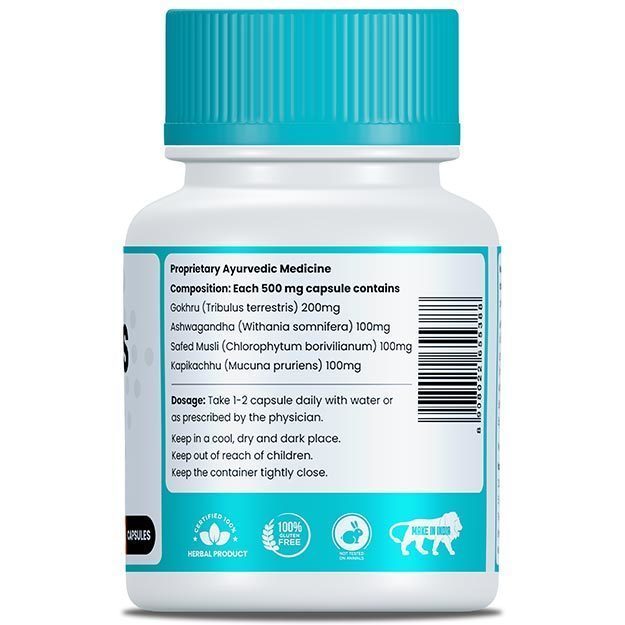
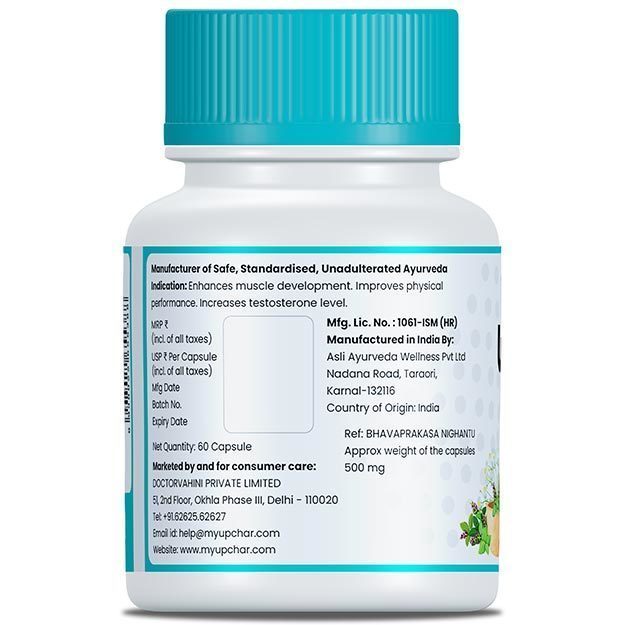














 Editorial Team
Editorial Team











